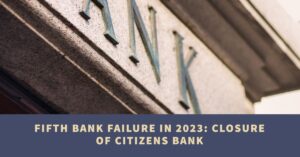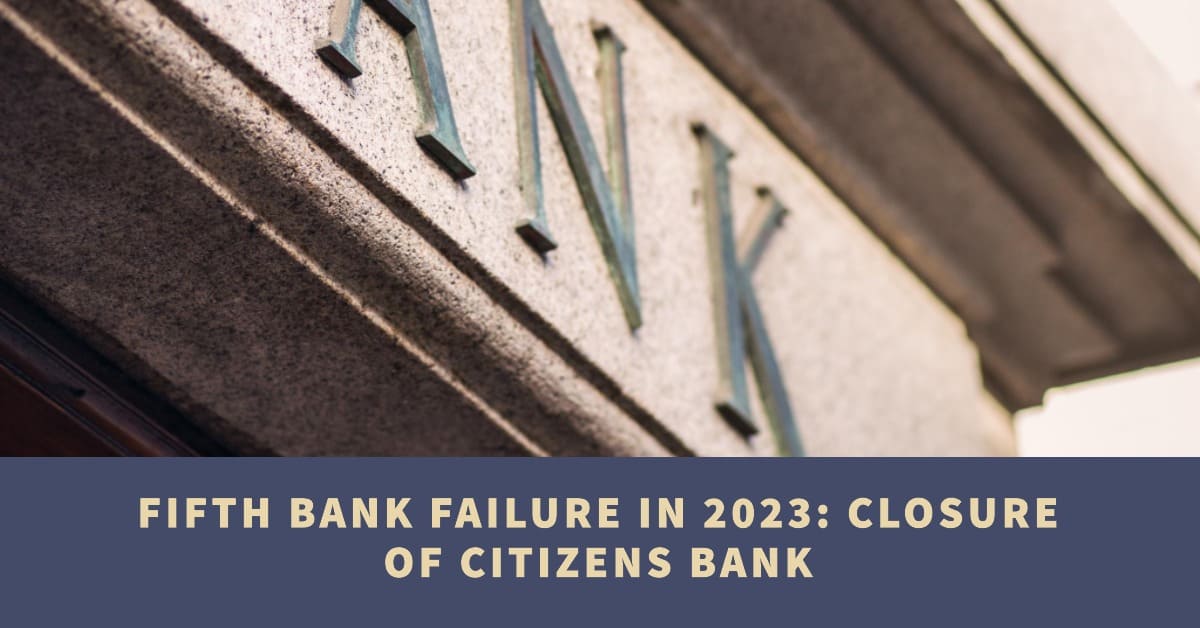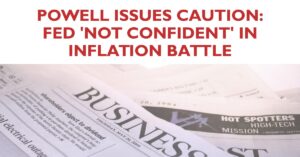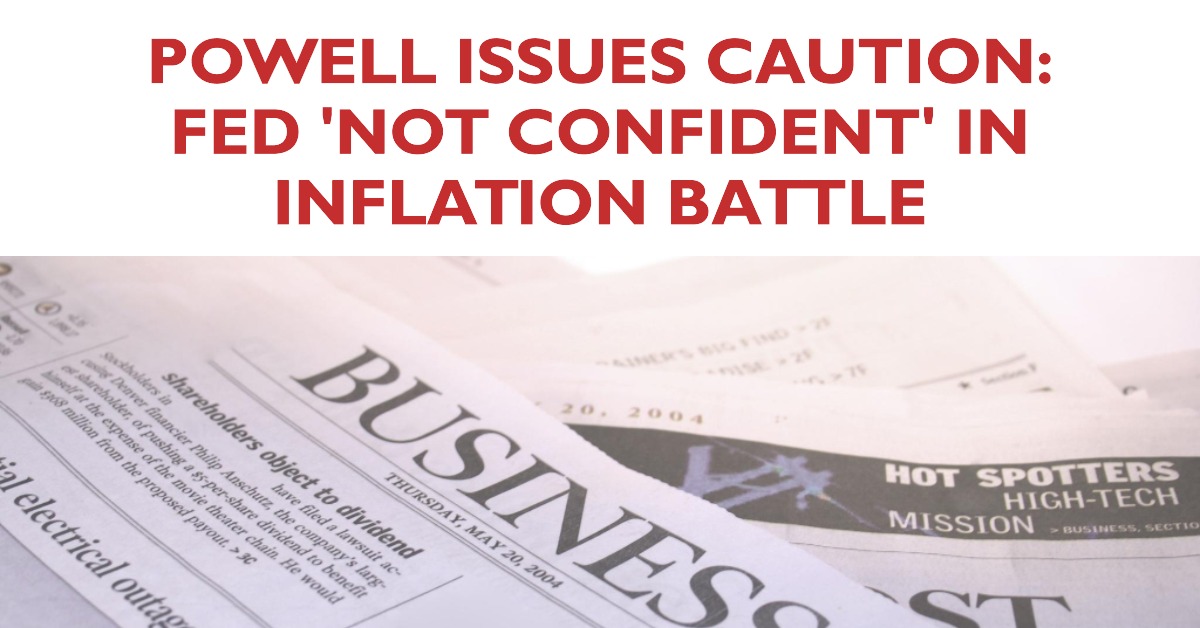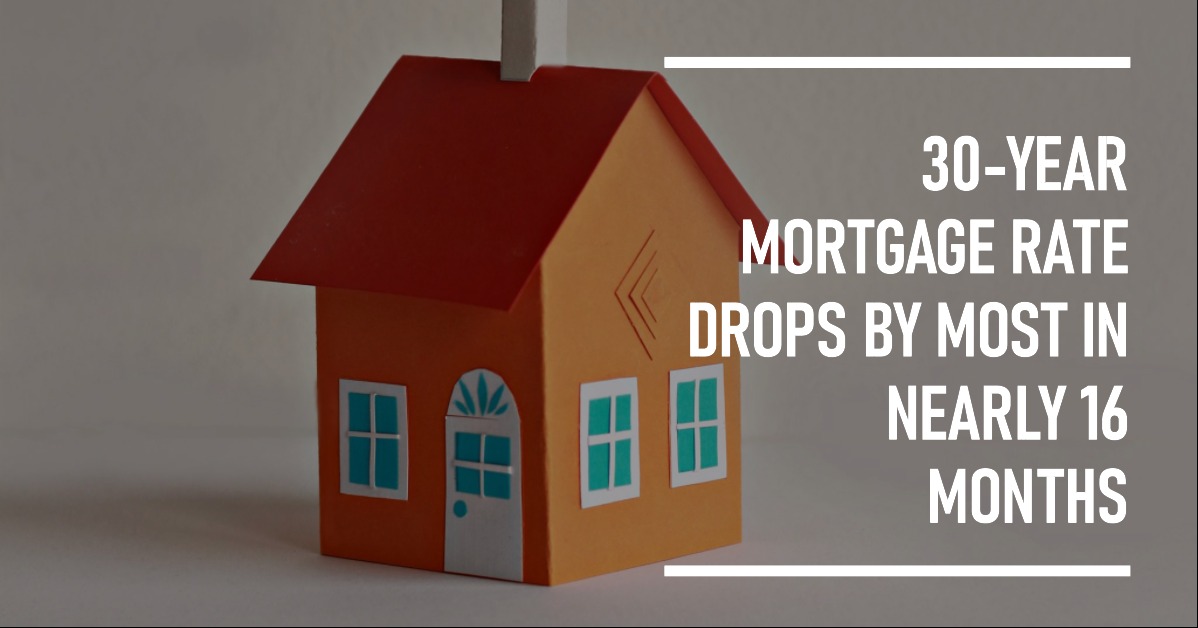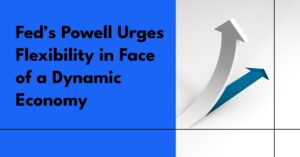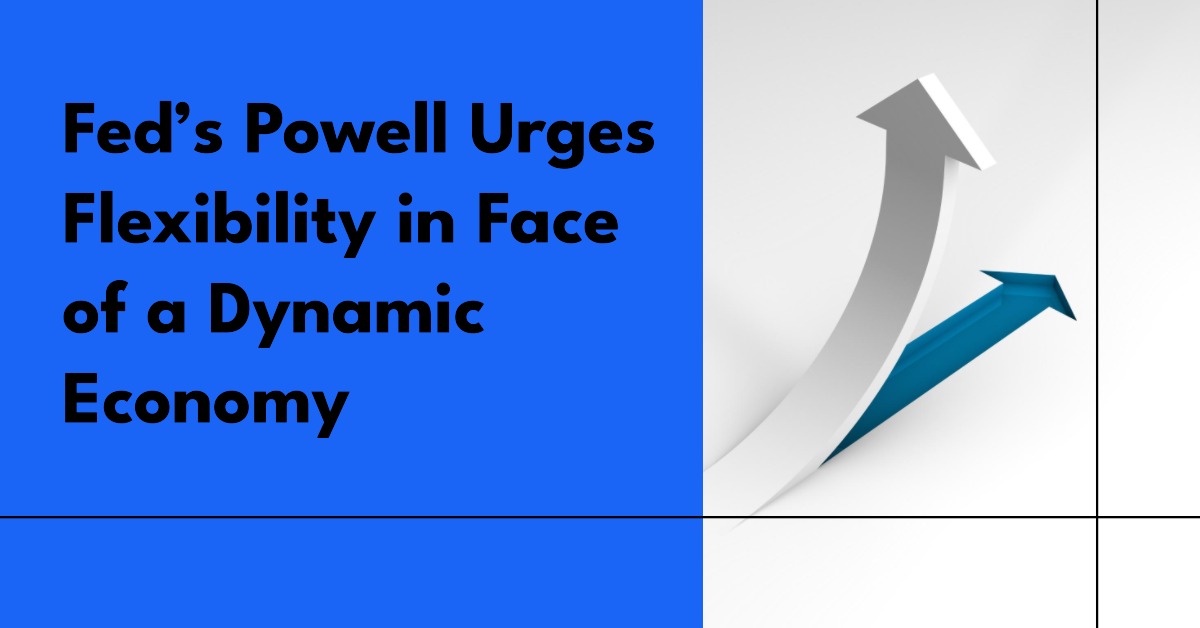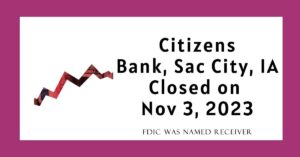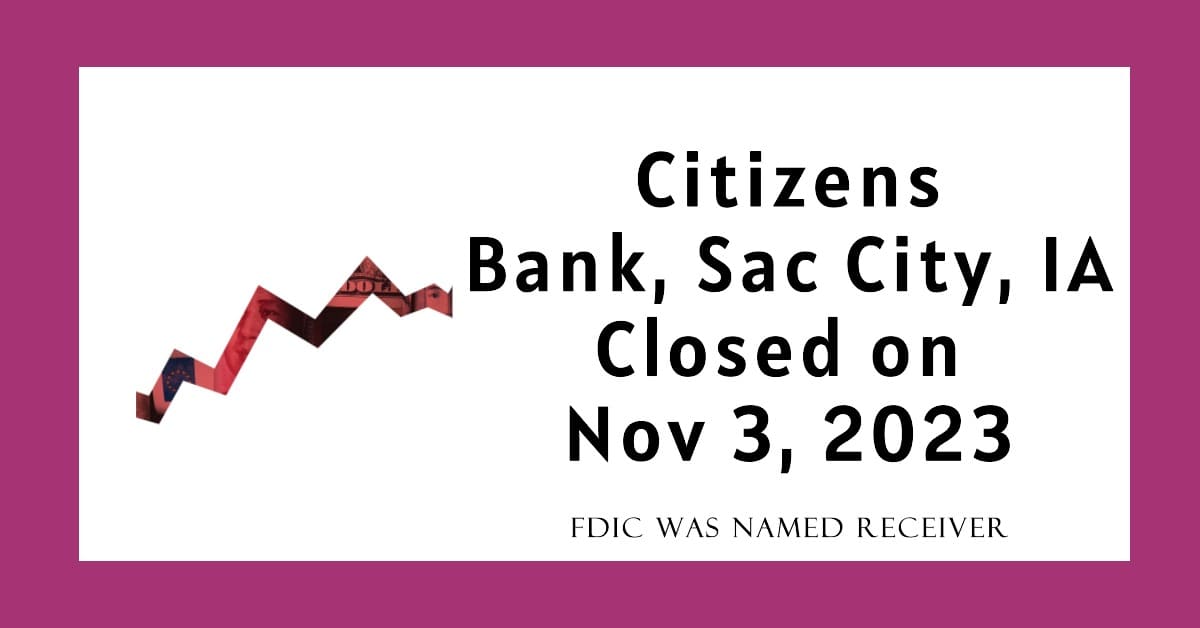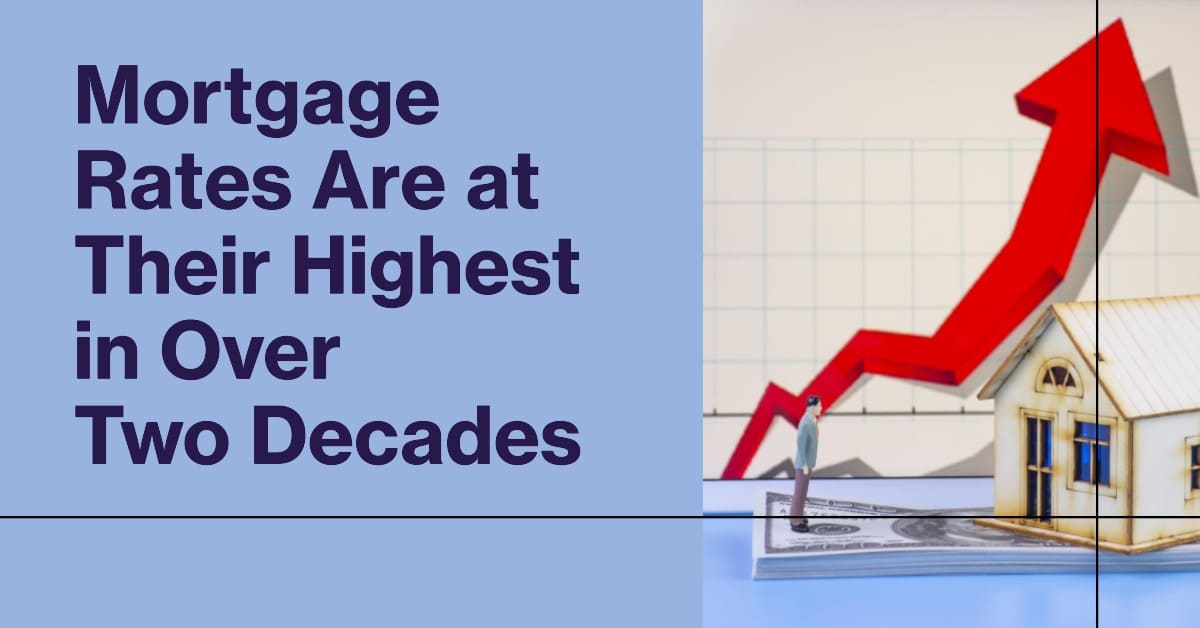
The California housing market is facing a significant challenge as housing affordability hits a 16-year low in the third quarter of 2023. This decline is attributed to soaring interest rates, reaching a two-decade high, and a continuous rise in home prices, according to the CALIFORNIA ASSOCIATION OF REALTORS® (C.A.R.).
Statistics and Figures:
In Q3 2023, only 15 percent of California households could afford the median-priced home of $843,600, down from 16 percent in the previous quarter and 18 percent a year ago. To afford this home, a minimum annual income of $221,200 was required, with monthly payments of $5,530 on a 30-year fixed-rate mortgage at a 7.14 percent interest rate.
For condos and townhomes with a median price of $650,000, 23 percent of home buyers could afford them. The minimum annual income needed for this purchase was $170,400, resulting in monthly payments of $4,260.
Interest Rates and Impact:
The effective interest rate surpassed 7 percent for the first time in over two decades, standing at 7.14 percent in Q3 2023. This surge in interest rates is a critical factor contributing to the decline in housing affordability.
However, there is optimism that interest rates may decrease if there is a further economic slowdown, which could potentially alleviate pressure on both the supply and demand sides of the housing market, leading to improved affordability in the upcoming quarters.
Regional Affordability:
When examining housing affordability on a regional level:
- 36 counties experienced a decline in affordability compared to the previous quarter, with only 5 counties showing improvement.
- On a year-over-year basis, 6 counties witnessed improved affordability, while 42 counties recorded a decline.
County-specific Insights:
Notable findings from specific counties include:
- Lassen (58 percent) remained the most affordable county in California, requiring a minimum qualifying income of $55,600 to purchase a median-priced home.
- Mono (5 percent), Monterey (9 percent), San Luis Obispo (10 percent), and Santa Barbara (10 percent) were the least affordable counties, each demanding a minimum income of at least $226,800 to buy a median-priced home.
- San Mateo topped the list with the highest minimum qualifying income of $516,000, followed by Santa Clara ($484,800) and Marin ($416,400).
Year-over-Year Affordability Changes:
Notable year-over-year changes include:
- Kings experienced the most significant drop in affordability, falling 13 points from Q3 2022 to Q3 2023.
- Amador registered the second-largest decline, moving eight points below the previous year.
- Kern, Sacramento, and Stanislaus each dropped six points from a year ago.
Despite higher household incomes, elevated home prices, and increased mortgage rates remain primary factors contributing to the challenges in housing affordability across most counties in California.
For a visual representation of the data, refer to the infographic provided by C.A.R.

